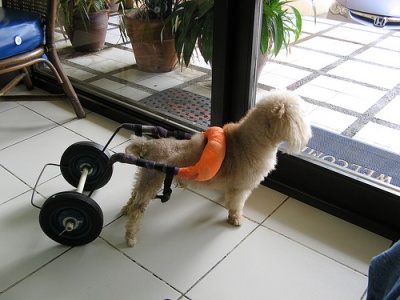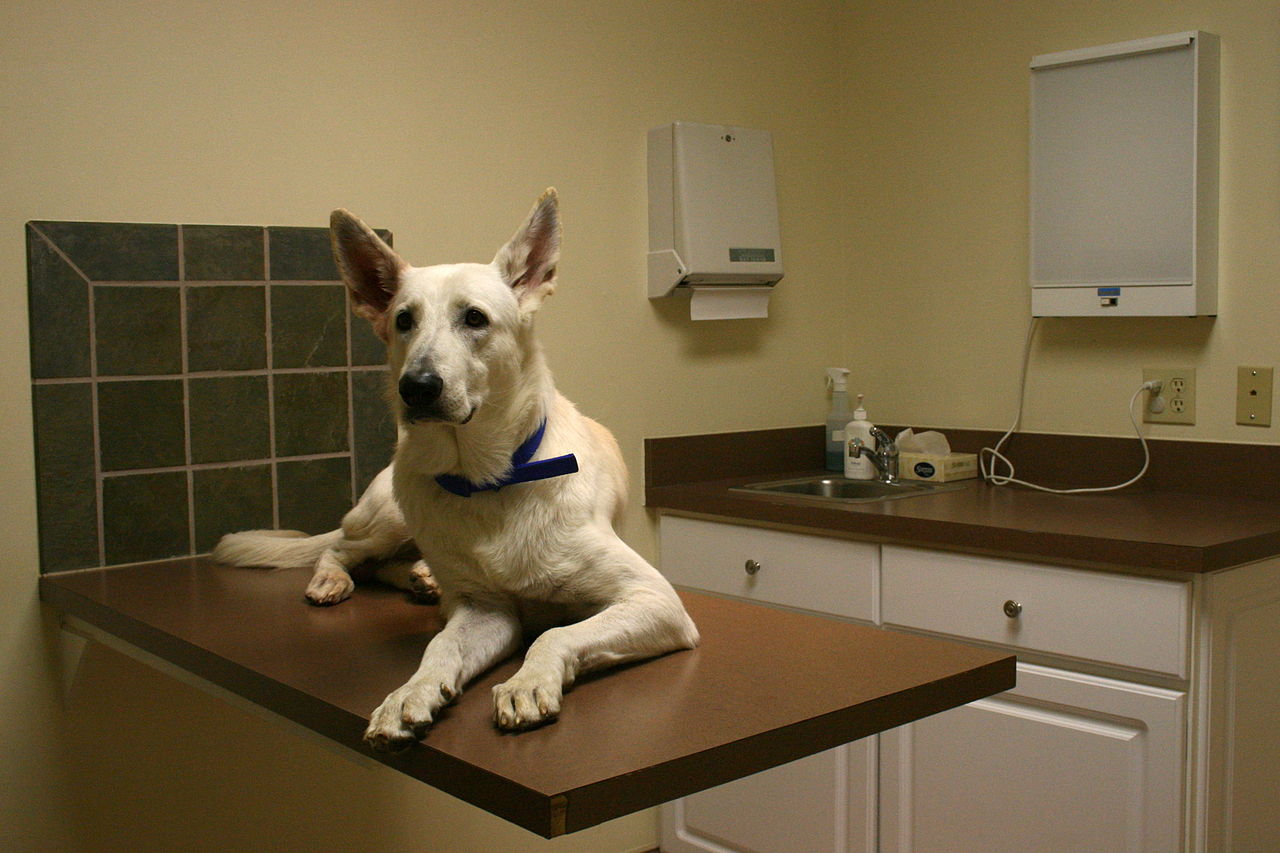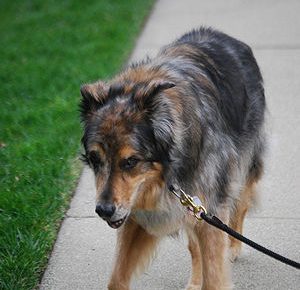
At Cambridge University in England, scientists tested a new technique to reverse paralysis in dogs.
Thirty-four dogs took part in the trial. Olfactory ensheathing cells were removed from their nose linings and were grown for several weeks in the laboratory. The cells were then planted in the injury sites of 23 dogs while the rest received neutral fluid injections.
Olfactory cells communicate between the central and peripheral nervous system allowing smell to communicate directly to the brain. These cells are capable of rejuvenation as well.
None of the dogs in the trial were able to use their back legs prior to the transplants and injections. All 34 dogs had suffered severe spinal injuries.
The 23 dogs receiving the implanted cells showed marked improvement and were able to walk on a treadmill with the use of a harness. There was no change in the dogs receiving the neutral fluid.
A 10 year old dachshund, Jasper, took part in the trial. His owner, thrilled with the results as previously he had no use of his back legs, said that since the transplant, Jasper is now able to run about on his own.
Scientists explained that the transplanted cells regenerated nerve fibers and allowed dogs to regain the use of their back legs. Other functions such as bladder and temperature regulation did not return as they are more complicated and require more time to research.
While the transplants are not a cure as yet for human patients with spinal cord injuries, it is encouraging. Ongoing research holds real promise for the future.
Related Articles


